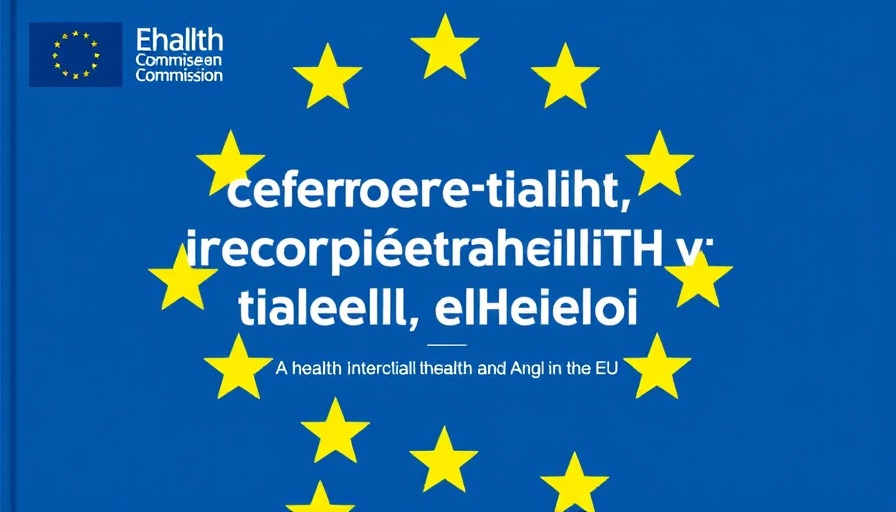
AI in Healthcare: Uncovering Barriers and Opportunities
The potential of Artificial Intelligence (AI) to transform healthcare is clear, yet its integration remains fraught with challenges. A recent report commissioned by the European Commission provides a comprehensive overview of AI's current position across EU Member States, highlighting how far we’ve come and what still holds us back.
Understanding AI Adoption in Europe
Despite many EU nations recognizing healthcare as a key area for AI development, specific policies targeting the healthcare sector are lacking. Integration issues, particularly the failure to build trust in AI systems for decision-making, are significant hurdles. According to the report, the adoption of AI is largely confined to isolated departments rather than being embraced across the entire healthcare system. Without addressing these trust deficits and enhancing the deployment of AI tools into everyday medical practices, progress will be significantly hindered. Similar insights were echoed during a recent GE HealthCare panel at HIMSS Europe, where experts underscored a need for comprehensive performance data to foster acceptance.
Key Recommendations for Promoting AI
The report suggests several actions for the European Commission to focus on, including:
- Developing a robust policy and legal framework: This framework should specifically support AI uses in healthcare, ensuring that ethical and operational standards are met.
- Investing in AI research: Financial support for innovation is crucial to transition promising AI technologies from labs to clinics.
- Enhancing data accessibility: Initiatives that streamline data sharing among healthcare institutions will bolster AI applications significantly.
- Upskilling the workforce: Training healthcare professionals on AI applications is vital for effective integration.
- Cultivating trust: There must be a cultural shift to embrace AI solutions, addressing the fears and reservations present among healthcare practitioners.
- Translating research into practice: Bridging the gap between theoretical models and real-world applications should be a priority.
Through these initiatives, the hope is to spark a wave of innovation in AI, ultimately improving patient outcomes.
Looking Ahead: The Future of AI in Healthcare
While significant obstacles remain, the future of AI in healthcare spells promise if we can harness its full potential alongside strategic advancements. As highlighted at HIMSS24 Europe, the integration of advanced AI into healthcare workflows could transform everything from radiology to primary care. Collaborative efforts between innovators and healthcare professionals will be critical for success.
For more insights on transforming healthcare with AI, engage with ongoing discussions and initiatives surrounding this crucial topic.
 Add Row
Add Row  Add
Add 




Write A Comment